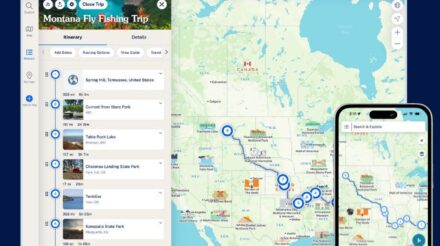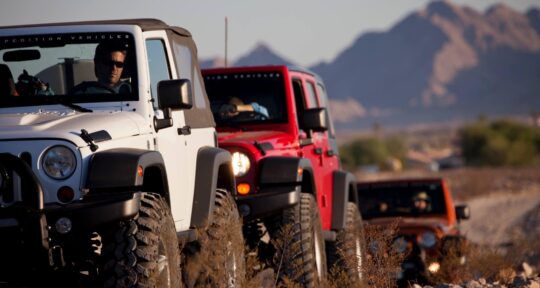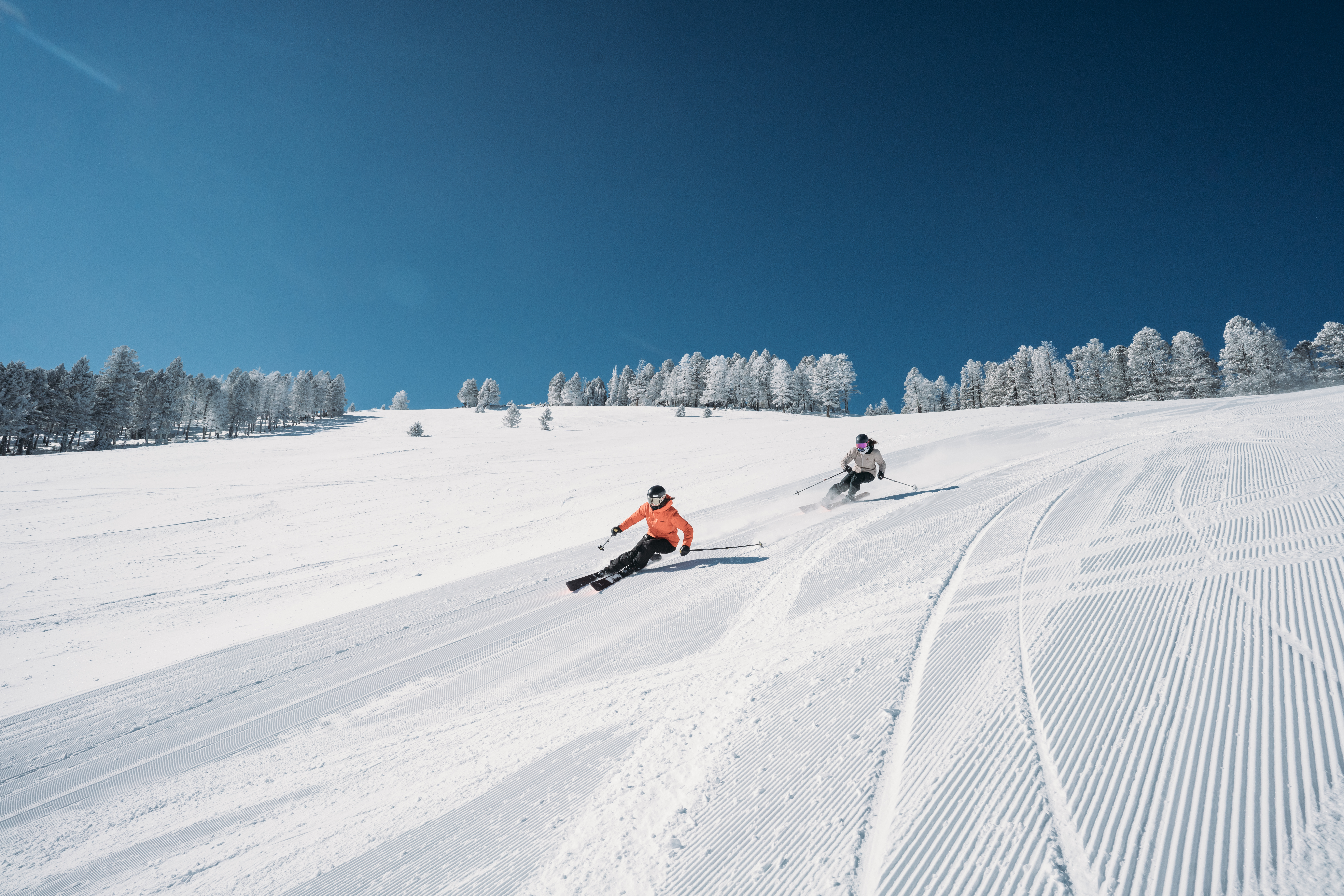Picture this: You’re rolling along your favorite backroad. It’s a crisp, clear morning and the sun has just crested the horizon. You smell fresh cut grass and dew, hear the distant chirps of crickets, and watch in awe as a flock of birds fly in formation just a few feet overhead. In the distance, an inviting sign blinks cheerfully, and before you can quite see what it says, you smell fresh-baked morning pastries—it seems like the perfect place to stop for breakfast. As you pull in, a customer points at your car and gives it a thumbs up
Taking a road trip across the U.S. in a convertible is a uniquely sensory experience, a tour across changing landscapes in hi-fi and technicolor.
Though convertibles have fallen sharply out of vogue since their heyday in the 1960s—as of 2021, only one out of every 200 cars sold in the U.S. is a convertible—they are still among the purest, most pleasurable ways to experience the open road. Convertibles, used in some of Hollywood’s most iconic depictions of road trips, harken back to the simple early days of motoring: In I Love Lucy, Lucy, Ricky, Ethel, and Fred saunter west from New York in their 1955 Pontiac convertible; the drifters of the 1960s television series Route 66 have a top-down Corvette; Thelma and Louise launch off a cliff in their 1966 Thunderbird convertible; and the 1983 Chrysler LeBaron in Planes, Trains, and Automobiles becomes iconically mangled.
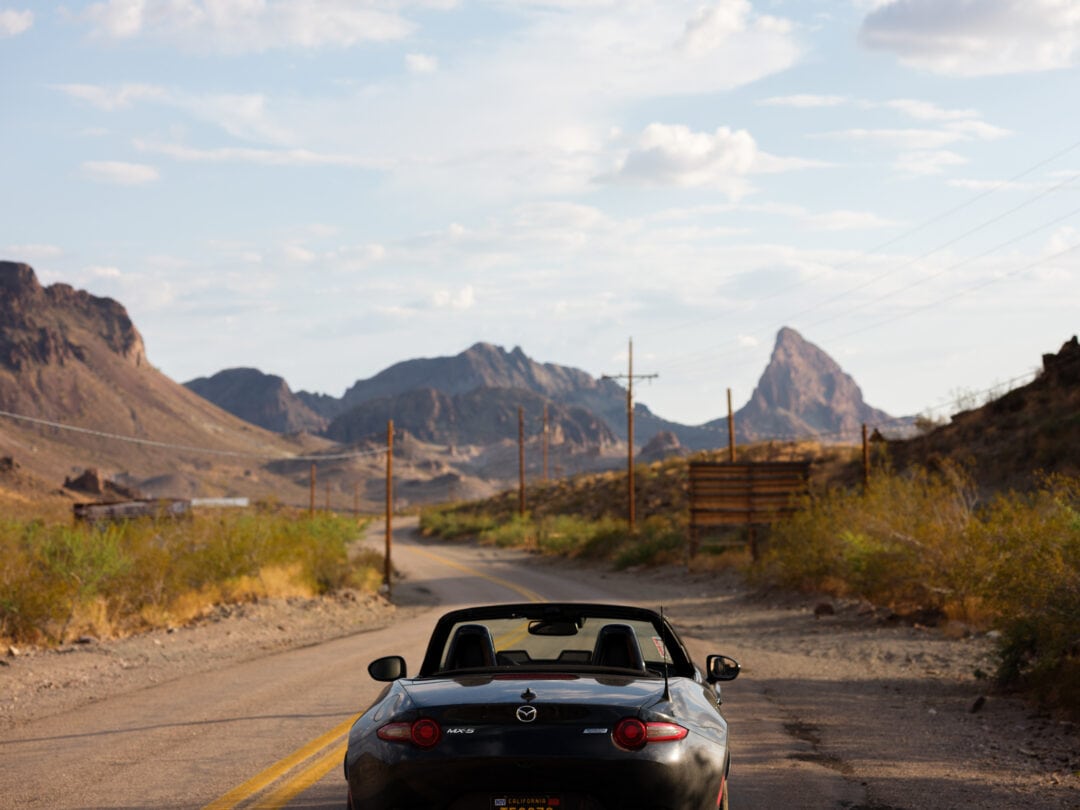
But convertibles aren’t just relics of the past. Many of the best modern sports cars are still roadsters or tourers, and even less sporty models are just like similar closed-top cars but with a lot more charm. While the convertible has yet to enter the electric age—as of 2022, there are no fully-electric convertibles on the market—thanks to their generally diminutive size, they can be a relatively economical road trip option.
Whether you drive a classic convertible, a state-of-the-art roadster, or are just convertible-curious, here are a few tips and things to consider before hitting the long road with the top down.
Romance vs. reality
The wind-in-your-hair romance is real: Every time the top is down, you’re part of the landscape rather than just a spectator watching it pass by. You feel the texture of the air change as you wind down into a canyon, up a mountain pass, or leave a city for the countryside. You can sense coming changes in weather and see magical angles of cities, forests, and the night sky. Still, the magic comes with a real cost in terms of utility, a few extra considerations in the name of good safety, and even rethinking your luggage and wardrobe. And for every fragrant, clear pastoral landscape you motor through, you’ll also endure stockyards, unpredictable weather, and plenty of exhaust-belching big rigs. These trade-offs are worth it to many, but they can add a level of difficulty to your trip.
Safety and security
Modern cars are fortified wonders of engineering, designed to protect occupants and keep thieves out. Modern convertibles are no exception, but by nature, they require a few special considerations for safety while traveling.
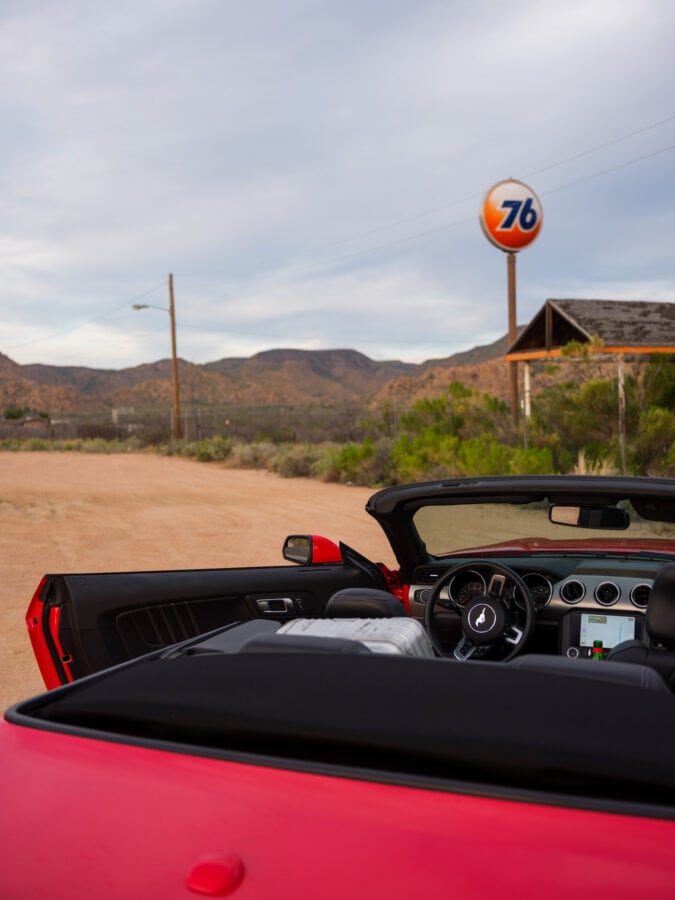
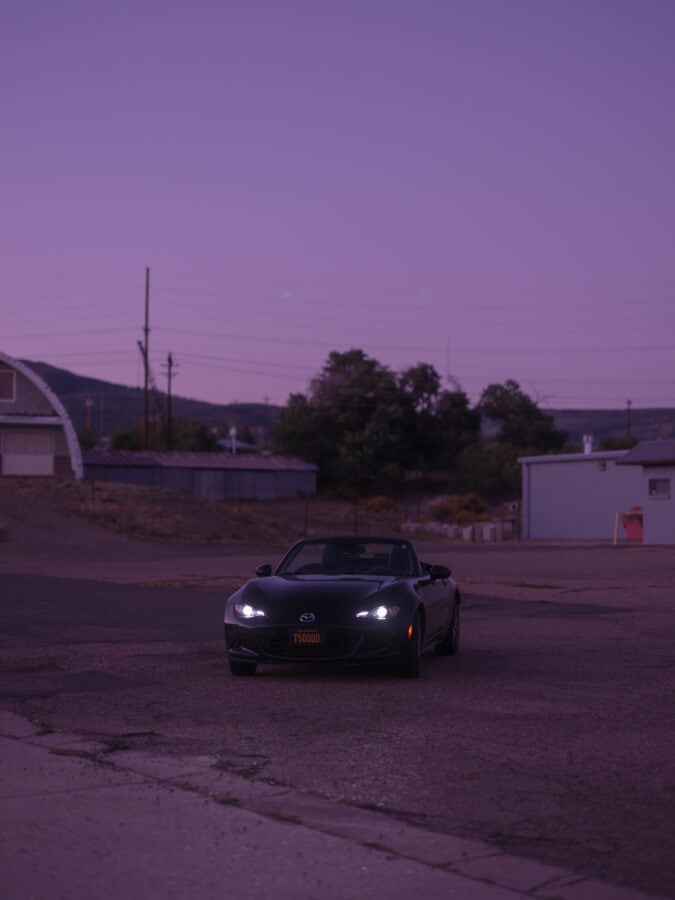
Drive defensively: See and be seen
Due to their usual low-to-the-ground stances in a world of tall SUVs, you may have to take extra care to be seen by others. Stay mindful of others’ blind spots, leave extra distance between you and other drivers, and be cautious at cross streets and in blind corners. If your convertible doesn’t have automatic daytime running lights, there’s no harm in driving with your headlights on for maximum visibility.
Safety first: Technology is on your side
Accident protection is always a top concern, but you might feel more confident driving a convertible knowing that they are equipped with modern safety structures, multiple airbags, and the same traction controls, lane departure warnings, and sophisticated collision-avoidance systems found in many other modern cars. If you’re driving an older convertible, the next consideration is even more important.
Maintenance: Keep it rolling smoothly
From tires to top, good maintenance is a priority, especially if you’re driving an older convertible. Just as with any car, good tires, strong brakes, a well-sorted suspension, and properly-functioning lights are critical for a safe road trip. Though they’ve been much-improved over the years, a convertible top can be a fragile thing, whether it’s a retractable hardtop or a traditional fabric ragtop. Keep yours well-maintained by covering or garaging it when parked long term, and avoid driving through automatic car washes.

A rolling display case: You’re as open to the outside world as it is to you
Old movie scenes where some cool cat hops out of a convertible and leaves it wide open isn’t really how it works in real life—it’s generally not a good idea to leave the top down in an unattended spot. Close the top whenever you’re away from the vehicle, and keep as many belongings as possible in locked cubby holes and the trunk. And with carjackings on the rise in recent years, you might want to play it safe when in congested areas.
Storm troopers: Lightning is no joke in a soft top car
Myths and legends about lightning abound, but the threat is real in a convertible. If the forecast on your route ahead includes a lightning storm, stop, seek shelter, and wait it out.
Smart utility
Limited cargo space is the most direct trade-off for traveling with the top down—in some ways, it’s the opposite of vanlife. Both are fun, enriching ways to see the open road, but they basically amount to different philosophical choices. In a vehicle with a lot of room, you curate a mini version of home life you bring with you on the road. In a convertible, you travel with only the essentials.
Though a lack of space might be an adjustment, it’s not necessarily a difficult one to make with a bit of planning.
Pare down: Reduce your cargo to just the essentials
An outfit for every occasion isn’t really an option when saving space is critical. Instead, lean on layers, garments you can wear a few times, and classic styles that can work in multiple contexts: All-purpose boots, comfortable utility pants, and a medium-weight jacket are good places to start. Instead of your entire arsenal, you might want to bring just one camera, and plan to relegate your souvenir collecting along the way to photo taking and postcards. Camping can certainly be a challenge when you can’t haul firewood, a grand tent, and a week’s worth of food for your XL Yeti—but if you’re willing to go off-grid with only an elemental tent, a compact sleeping bag, and other small essentials, it can definitely be done.
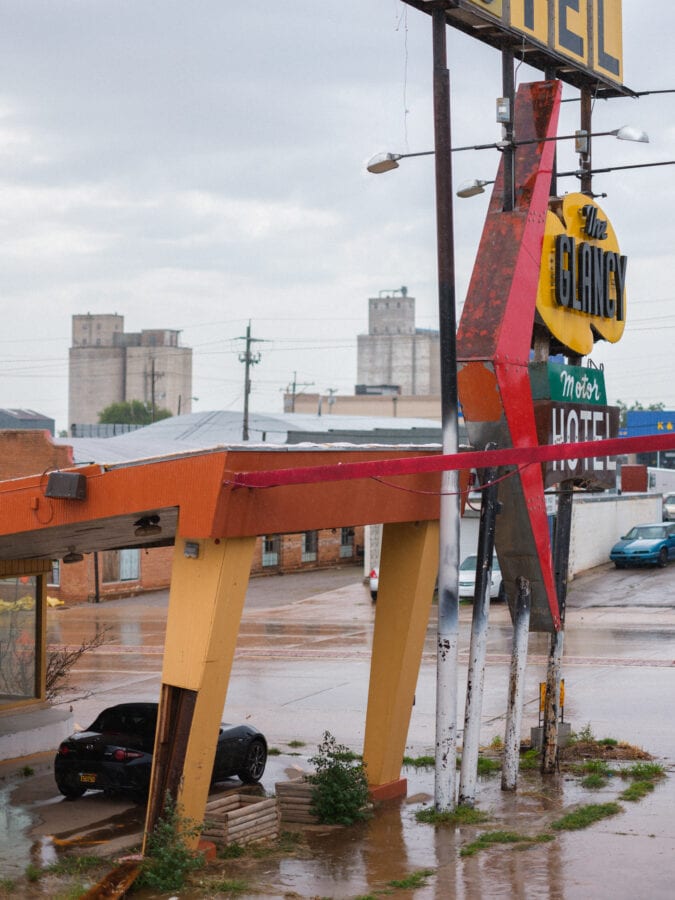

Luggage: Go for the soft stuff
Even in larger convertibles, hard luggage or coolers can become a game of Tetris that you just can’t win. If you opt for soft, deformable luggage like duffel bags and fabric coolers, it becomes much easier to make everything fit. Even the smallest roadster has room for a couple of cloth weekenders with a few changes of clothes, toiletries, and a storage space for a camera, tools, paper maps, first-aid kit, and other road trip essentials.
Road trip essentials: How and what to pack for your road trip
Dress for the occasion: Don’t forget you’re out in the elements
With the top down, you experience temperature changes and are more subject to wind, sun, rain, and bugs than in a closed-top car. Essential gear includes good sunglasses (skip the drugstore cheapies for genuine eye protection), a brimmed hat to keep the sun out of your eyes (make sure it fits well so it doesn’t blow away), and a knit cap or earmuffs for morning and evening cool. A pair of old-fashioned driving gloves are also great to have around to protect your hands from the elements and extra cold or hot steering wheels. Inexpensive utility gloves from a hardware store work well, too, and offer extra grip.
Sun protection: Slather on the SPF and fortify with the right accessories
Even a moderate amount of sun exposure can be harmful to your skin, so take steps to protect yourself with good high-SPF face and body sunscreens. You’ll also want a good hat and sunglasses. For especially sunny days, an SPF-rated shirt is a great extra layer to have.
Breathe in: There are as many bad smells as good smells out on the road
It isn’t all pleasant summer countryside out there: Car exhaust, stockyards, water treatment facilities, landfills, and any number of other environmental ills can also make for some truly unpleasant smells. Close the top quickly when in doubt. And if you’re especially prone to allergies, you might want to stock up on your favorite remedies.
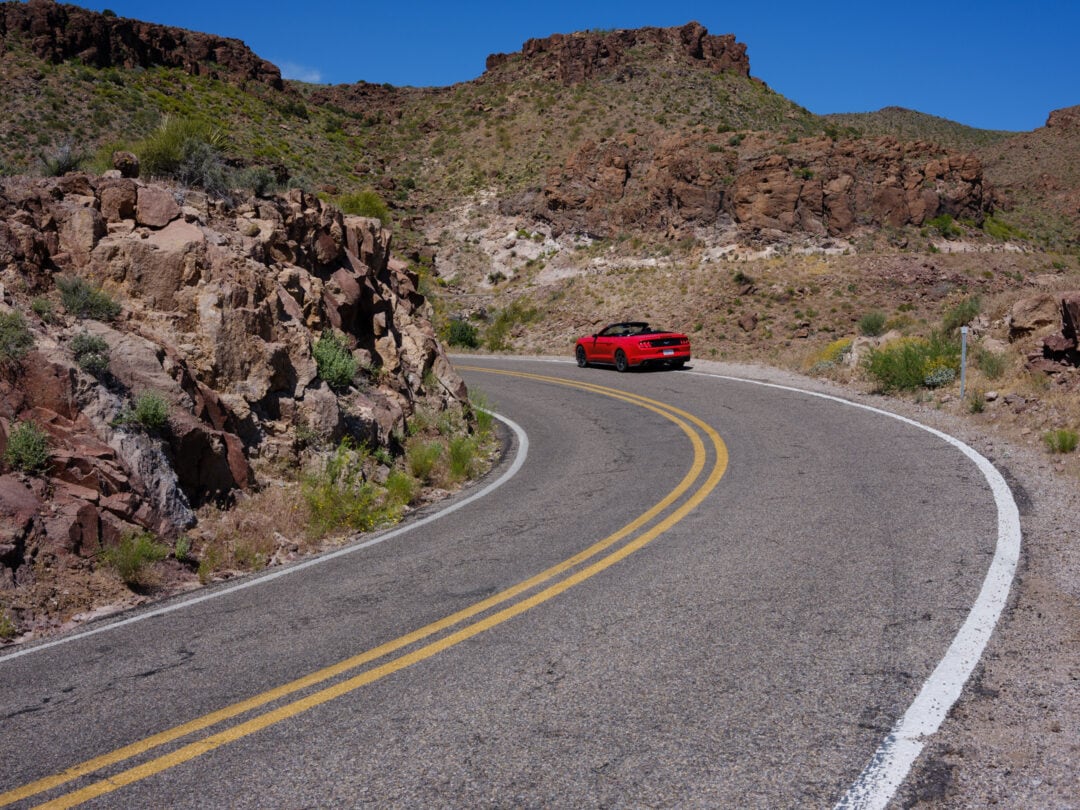
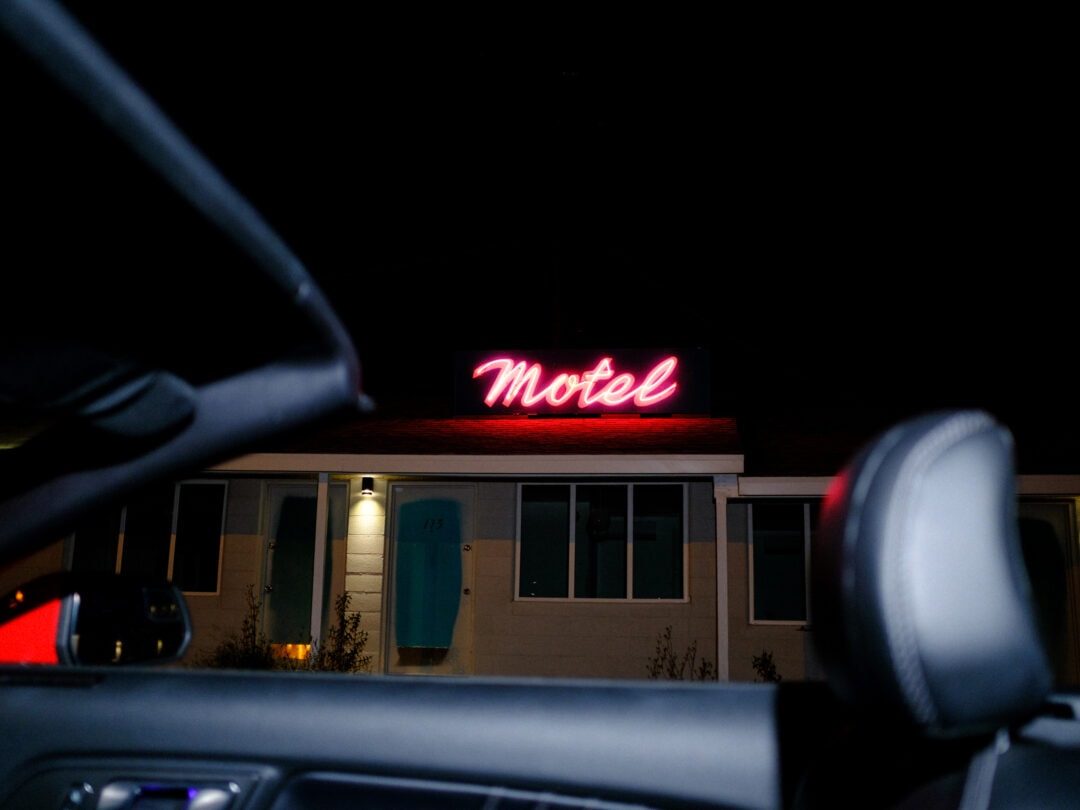

Convertible culture
Convertibles inspire passion in many of their drivers, and they elicit strong opinions. Be part of the culture, know your car’s story, and share the sunshine vibes.
Smile and wave: Be friendly to your fellow topless roadtrippers
Like motorcycles, Jeeps, and other specific driving cultures, piloting a convertible puts you in a sort of informal club. Each kind of convertible, usually divided by brand, is a tiny subculture unto itself, too; know your car’s distinctive history, and be prepared for a warm welcome when you happen upon someone else driving the same model of convertible.
Say hello: A convertible is a conversation starter
People will talk to you in traffic, at gas pumps, and in parking lots. It’s one of the few places in modern life where you can still find random, offline conversation. Spread the goodwill.
Soundtrack: The music you’re listening to will carry far beyond your cabin
Be considerate when driving through small towns and neighborhoods—not everyone wants to hear your playlist. Don’t hesitate to jam out with the wind in your hair, though.

